How To Improve Your Multitasking Skills
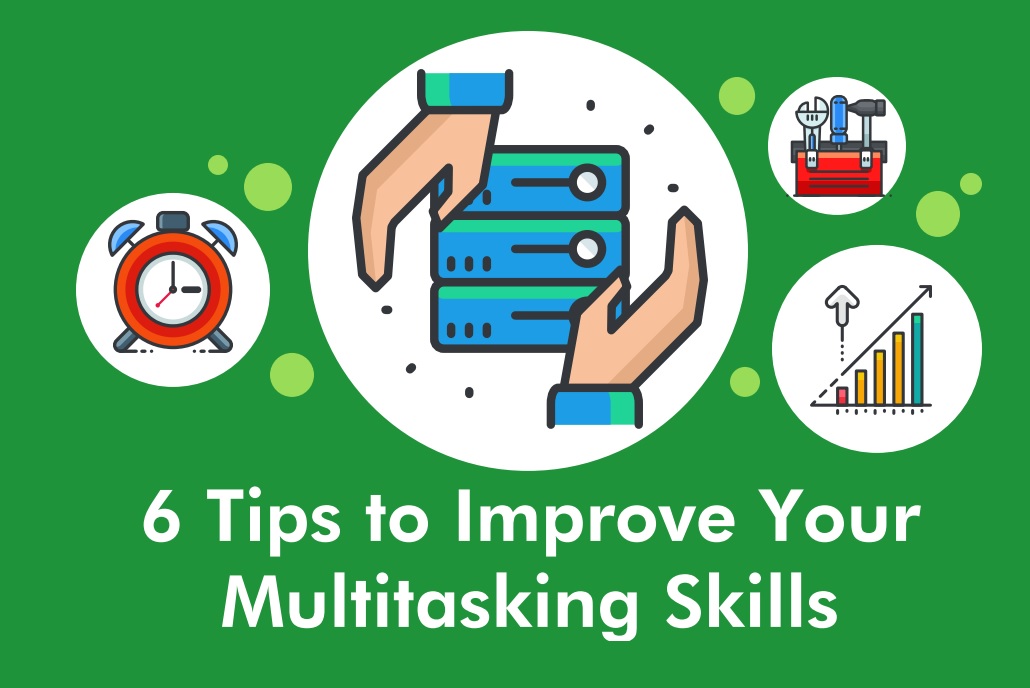
In today's fast-paced world, the ability to juggle multiple tasks seems less like a skill and more like a survival mechanism. From professionals navigating demanding careers to students managing coursework and extracurriculars, multitasking is often perceived as the key to productivity. However, the reality is far more nuanced, with research suggesting that true multitasking is a myth, and what we perceive as such is often rapid task switching.
This article delves into the science-backed strategies for improving your ability to effectively manage multiple demands on your attention. We will explore the techniques to optimize workflow, minimize distractions, and enhance cognitive function, all while acknowledging the limitations and potential pitfalls of attempting to do too much at once. By understanding these principles, individuals can move beyond the illusion of multitasking and cultivate genuine productivity.
Understanding the Myth of Multitasking
The common understanding of multitasking—simultaneously performing multiple tasks—is challenged by cognitive science. Studies reveal that the brain doesn't actually perform tasks concurrently. Instead, it rapidly switches its focus between them. This constant shifting comes at a cost.
According to the American Psychological Association (APA), multitasking can reduce productivity by as much as 40%. Switching between tasks increases the time it takes to complete them and raises the likelihood of errors. Focusing on one thing at a time enhances concentration and accuracy.
Strategies for Enhanced Task Management
While true multitasking is limited, individuals can still improve their ability to handle multiple responsibilities through strategic task management. One effective method is time blocking. Time blocking involves scheduling specific time slots for particular tasks, helping to maintain focus and prevent distractions.
Another key strategy is prioritization using methods like the Eisenhower Matrix (urgent/important). This approach helps to distinguish between tasks that require immediate attention and those that can be delegated or postponed. Categorizing tasks helps allocate time and effort efficiently. Effective prioritization is crucial for managing multiple responsibilities without feeling overwhelmed.
Minimizing Distractions and Improving Focus
Distractions are a major impediment to productivity when managing multiple tasks. Identifying and eliminating common distractions is essential. This could involve turning off notifications, using website blockers, or creating a dedicated workspace.
Practicing mindfulness can also enhance focus. Mindfulness techniques help train the brain to stay present and resist distractions. Even short mindfulness exercises can improve concentration and reduce mental clutter. Research from the National Institutes of Health (NIH) suggests mindfulness meditation can improve attention span.
Leveraging Technology for Productivity
Technology can be a powerful tool for improving productivity, but it can also be a source of distraction. Utilize apps and software designed to help manage tasks, schedule appointments, and track progress. Project management tools like Asana or Trello facilitate organization and collaboration.
Automating repetitive tasks can also free up time and mental energy for more important activities. Tools like IFTTT and Zapier can automate tasks like sending emails, posting on social media, and backing up files. However, be mindful of "productivity porn", falling into the trap of organizing instead of doing.
The Importance of Breaks and Self-Care
Taking regular breaks is crucial for maintaining focus and preventing burnout. The Pomodoro Technique, which involves working in focused bursts with short breaks in between, can improve productivity and prevent mental fatigue. Short breaks allow the brain to reset and recharge, improving performance.
Prioritizing self-care is equally important. Getting enough sleep, eating a healthy diet, and exercising regularly can significantly impact cognitive function and productivity. Neglecting self-care can lead to decreased performance and increased stress.
Future Trends in Productivity
As technology continues to evolve, so too will the strategies for managing multiple tasks. The rise of artificial intelligence (AI) and machine learning (ML) offers the potential to automate many of the tasks that currently demand human attention. AI-powered tools can help with scheduling, data analysis, and even decision-making.
Personalized productivity apps will likely become more prevalent, adapting to individual work styles and preferences. These apps will use data to identify optimal times for focused work, suggest breaks, and prioritize tasks. However, these technologies should be used mindfully, avoiding over-reliance and ensuring they enhance rather than hinder human capabilities.
Ultimately, improving your ability to manage multiple tasks is about optimizing workflow, minimizing distractions, and prioritizing self-care. While the concept of true multitasking remains a myth, individuals can enhance their productivity by understanding the limitations of the brain and adopting strategies that promote focus, organization, and well-being. By embracing these principles, individuals can navigate the demands of modern life with greater ease and effectiveness, achieving more without sacrificing mental health.
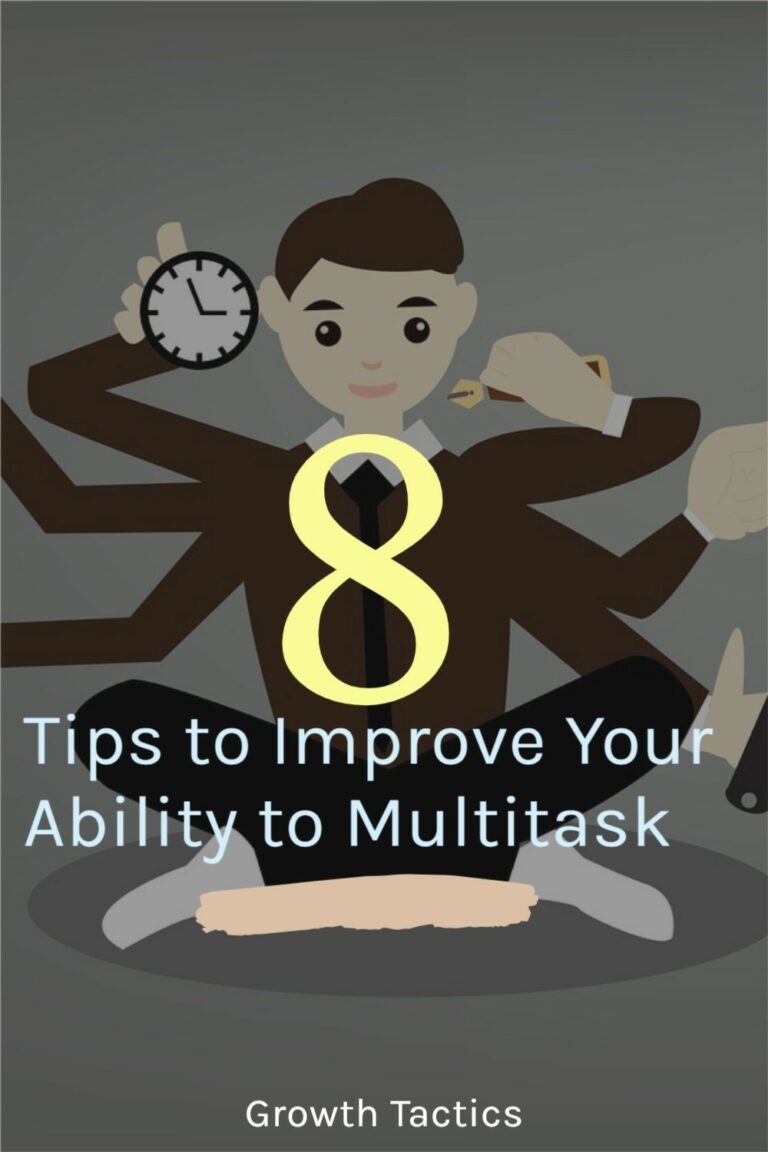

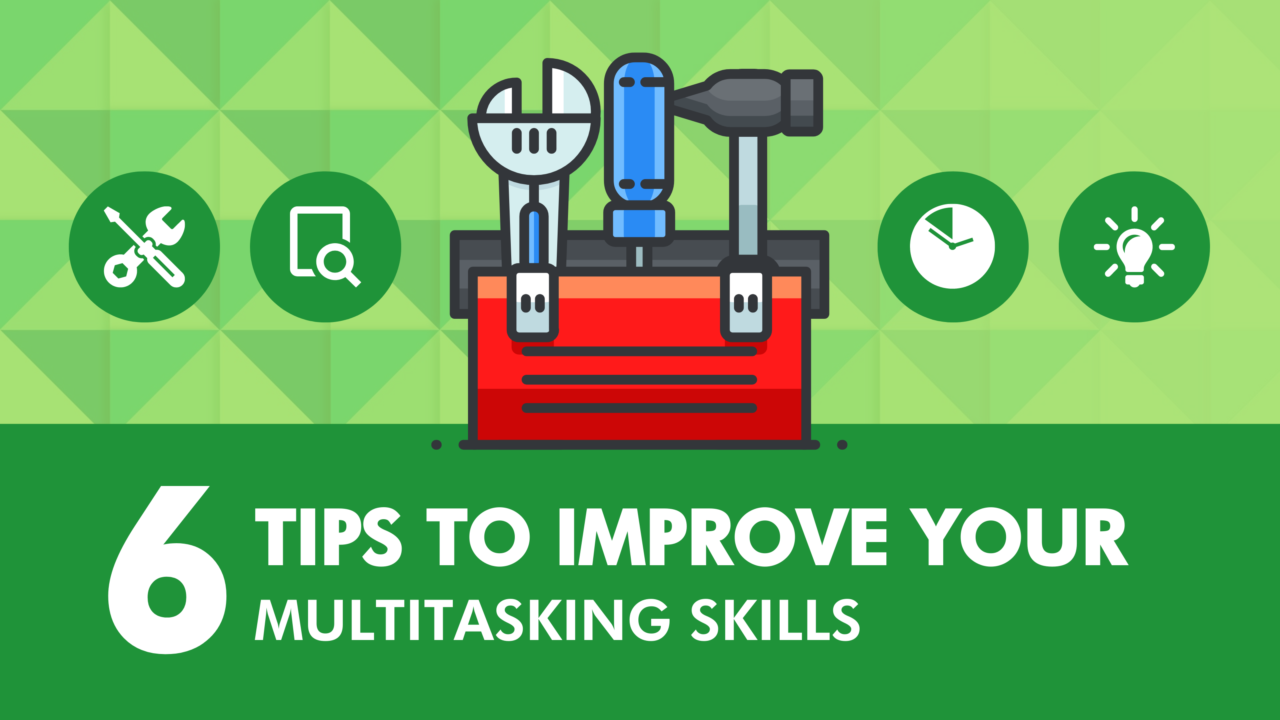

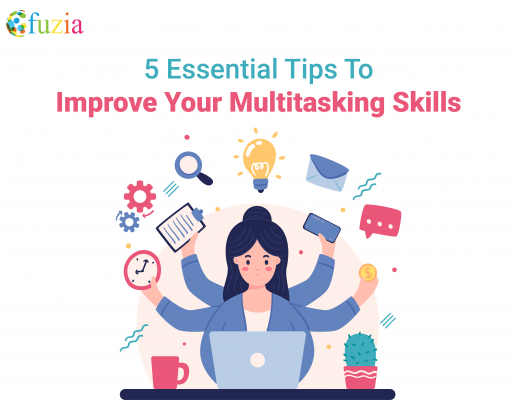

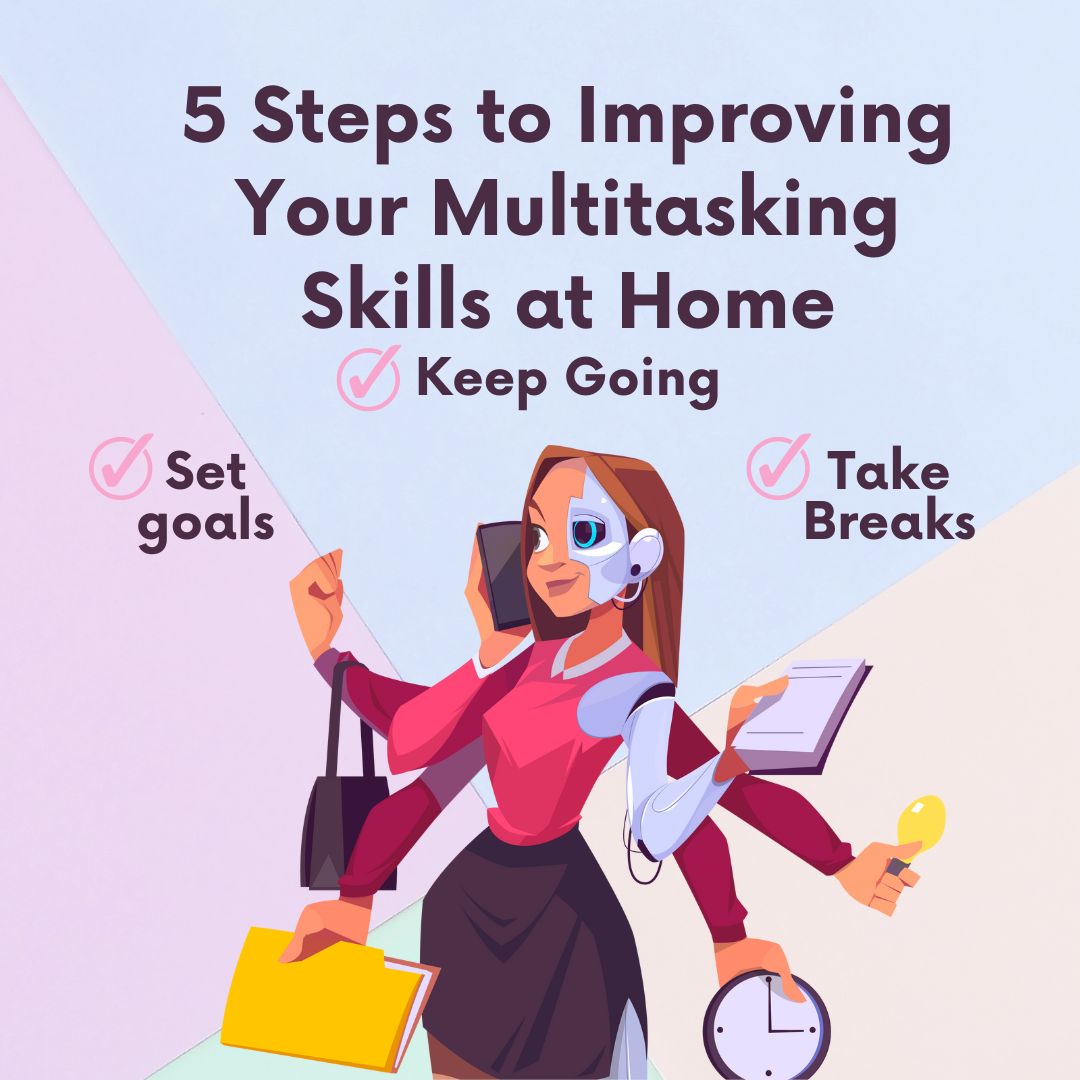
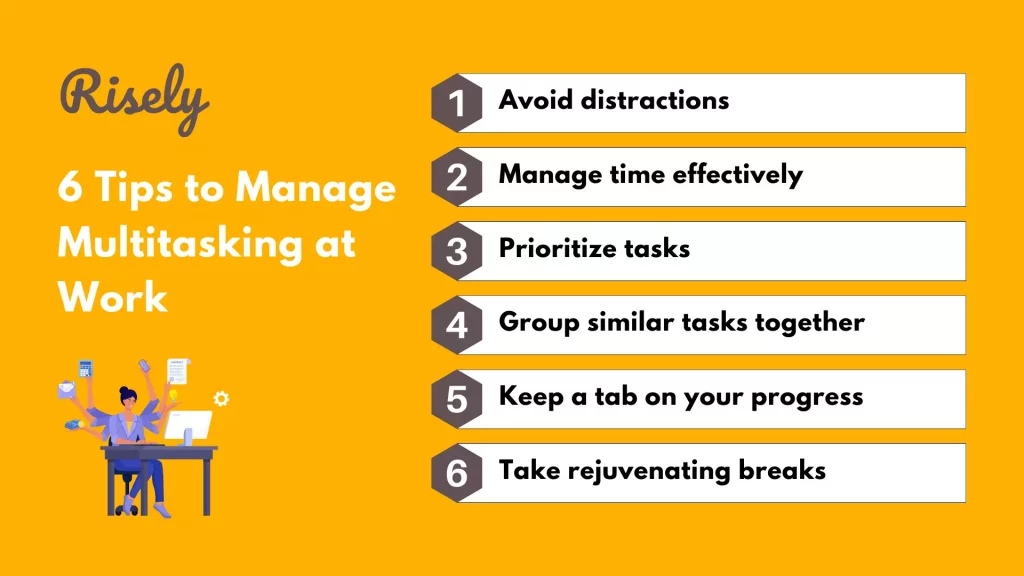
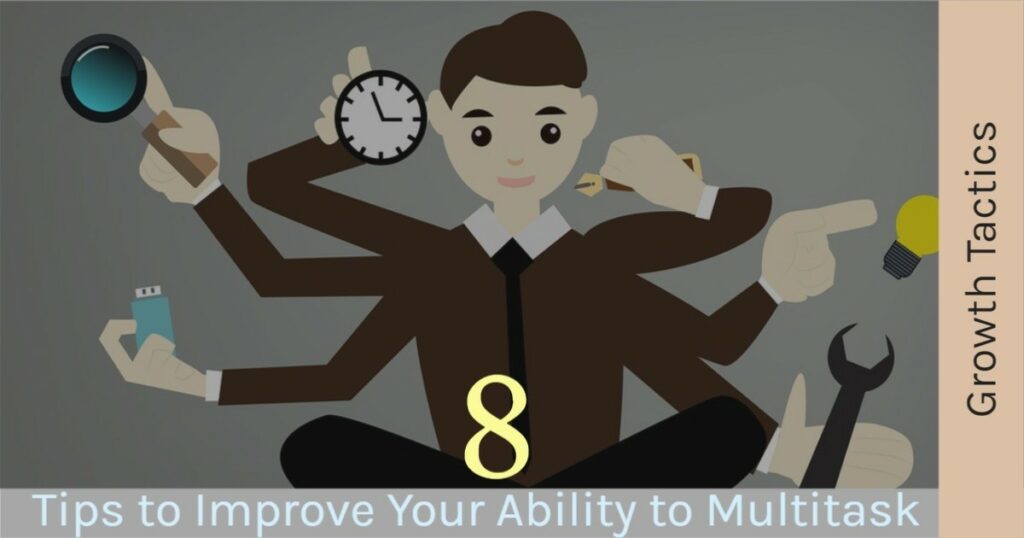
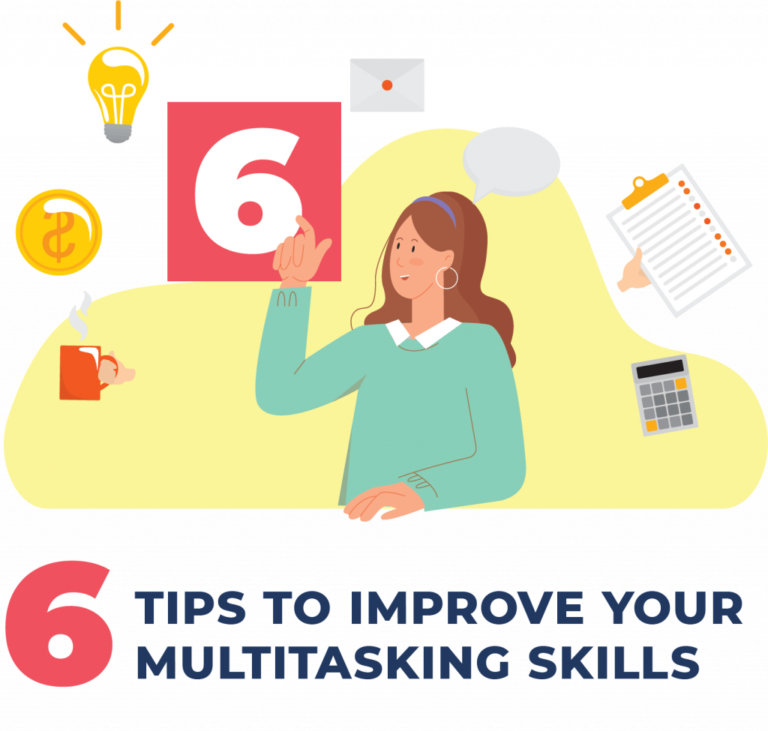
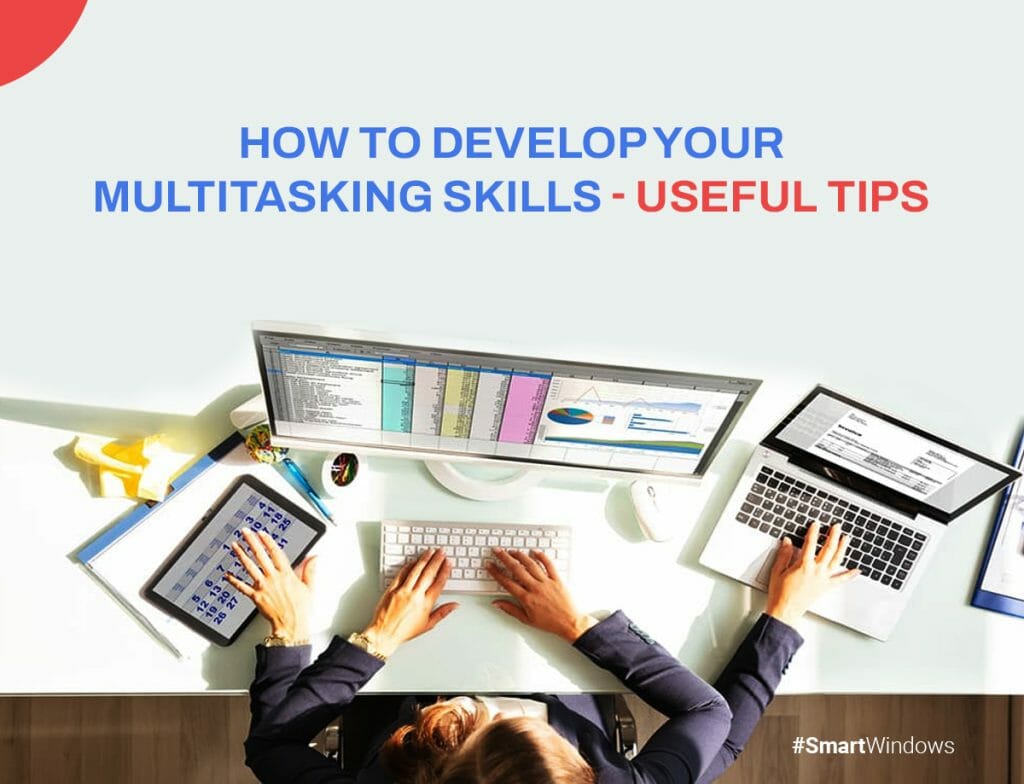
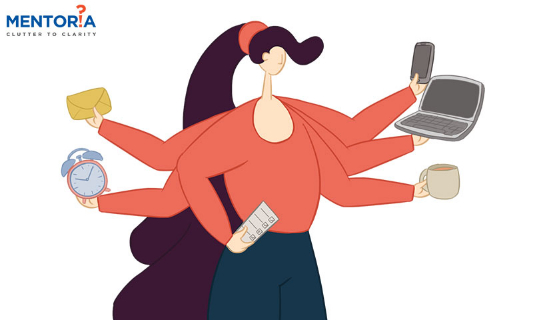

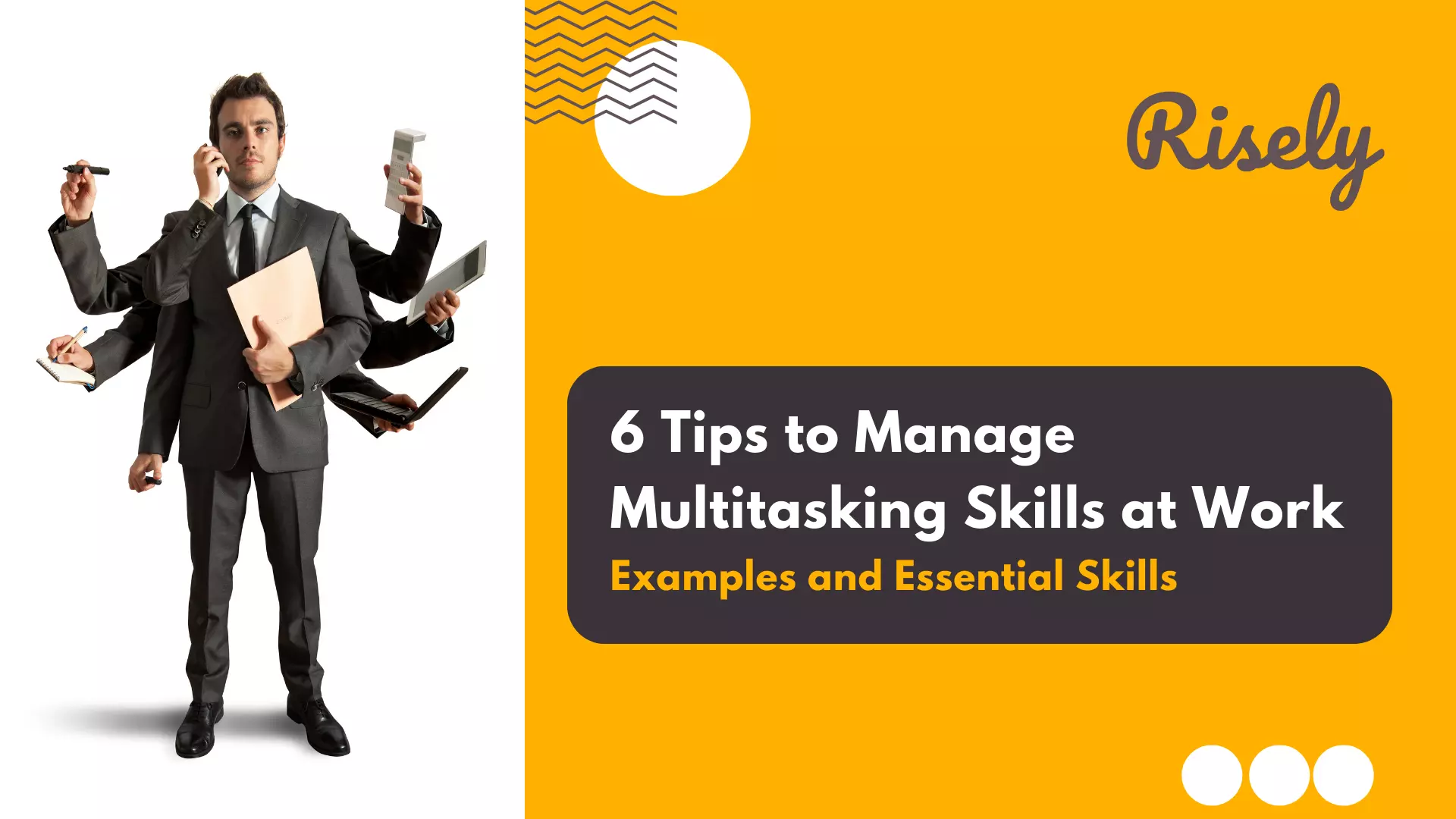



![How To Improve Your Multitasking Skills How to Multitask at Work Like a Pro [Infographic] - Ganttic](https://www.ganttic.com/wp-content/uploads/2020/05/Ganntic-Infographics-multitasking-updated.png)
